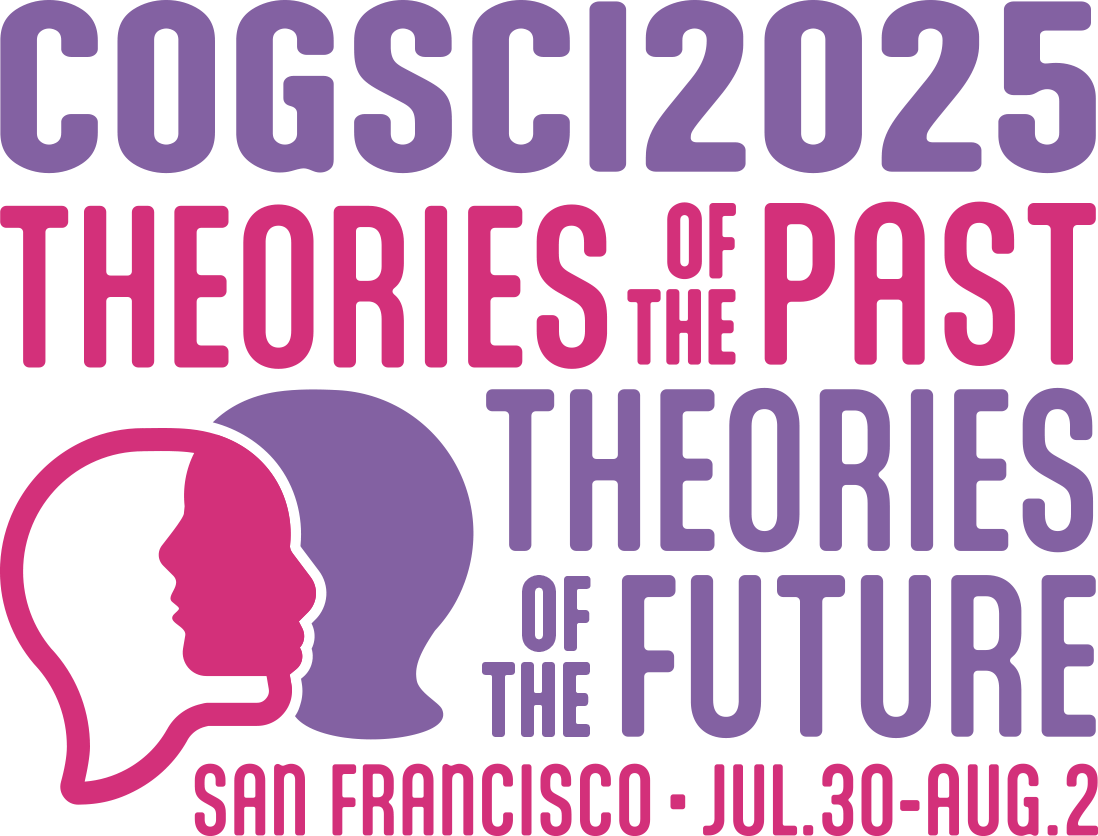CogSci 2025 Mapping between Telicity and Event Representations
We presented a poster at the 47th Annual Meeting of the Cognitive Science Society (CogSci 2025), held July 30 – August 2, 2025, in San Francisco, CA.
Poster Presentation
Title: Mapping between Telicity and Event Representations
Authors:
- Ugurcan Vurgun: University of Pennsylvania
- Yue Ji: Beijing Institute of Technology
- Anna Papafragou: University of Pennsylvania
How does your brain decide if an action has a clear ending? When you hear “Jack drew one balloon” versus “Jack drew balloons,” do you picture different types of events? Our research explores this fascinating question using a clever new method.
The Mystery of Event Boundaries
Language distinguishes between actions with built-in endpoints (like “fold the napkin”—there’s a clear moment when you’re done) and ongoing activities (like “fold napkins”—you could keep going indefinitely). But how flexible is this distinction in our minds?
Our Experiment
Using our novel CELA (Concept Extension to Language) paradigm, we first trained people to sort video clips into “bounded” (clear ending) versus “unbounded” (ongoing) categories. Then came the twist: we asked them to sort sentences the same way.
Surprising Results:
- Crystal clear cases: “Drew one balloon” consistently felt bounded, while “did some drawing” felt unbounded
- The flexibility surprise: “Drew balloons” split people right down the middle—some saw it as bounded, others as ongoing
- A hidden spectrum: Rather than just two categories, we found a whole continuum of how “finished” an action feels
Why This Matters
These findings reveal that our brains don’t just flip a binary switch between “finished” and “ongoing” actions. Instead, different language cues create a rich spectrum of temporal meaning—expanding our understanding of how the traditional binary distinction works in practice. This has implications for everything from how children learn language to how AI systems might better understand human communication.
The research demonstrates that language provides probabilistic cues rather than rigid rules for how we mentally construct events, offering a more nuanced picture of the mind-language interface.
If you’re interested in learning more about this study or discussing potential collaborations, please don’t hesitate to reach out.

